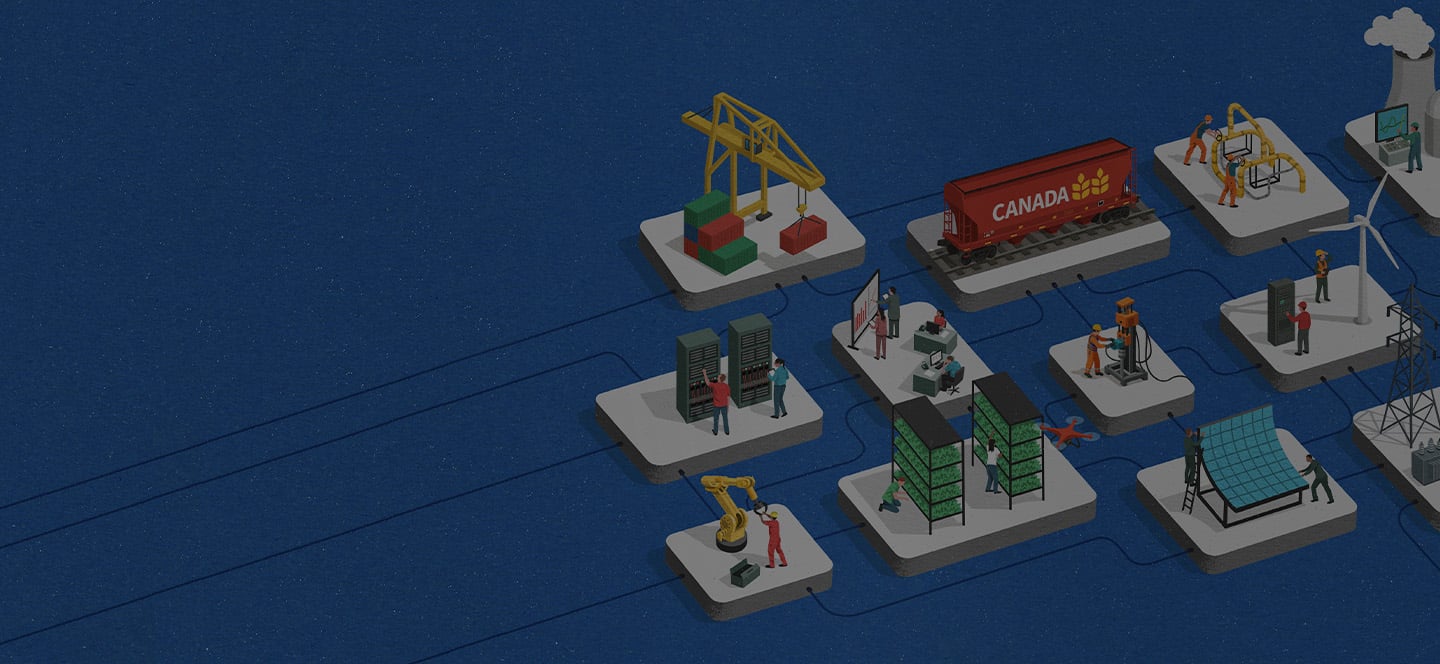Facilities that store large quantities of substances listed in the Environmental Emergency Regulations, 2019 (Regulations) under the Canadian Environmental Protection Act, 1999 are required to have their environmental emergency plan (E2 Plan) implemented by August 24, 2020. While the deadlines imposed in the Regulations remain unaffected by COVID-19, social distancing and gathering restrictions put in place as a result of the pandemic may impact the implementation of the E2 plans, including the public notification requirements.
Amendments to the Regulations
The Regulations replaced the former Environmental Emergency Regulations that were in force since 2003. Amendments introduced with the Regulations included the addition of 33 new substances to the list, bringing the total regulated substances to 249.
Other notable changes to the Regulations include:
- express public notification and communication requirements;
- increased simulation exercise and reporting requirements;
- a requirement to identify and prepare for a facilities worst-case scenario and alternative to the worst-case scenario; and
- required annual and full-scale simulation exercises.
Who is Subject to the Regulations?
Any person who has the charge, management or control one of the substances listed in Schedule 1 of the Regulations at a facility that otherwise meets the prescribed thresholds for that substance must notify ECCC of the presence of the substance located at the facility. If the facility also meets or exceeds both the substance quantity and container capacity thresholds (for a substance stored in a container system), or the quantity threshold for a substance not in a container system, the person must also prepare and implement an E2 Plan.
There are a number of substances that are excluded from the Regulations, including any substance regulated by the Transportation of Dangerous Goods Act, 1992 or the Canada Shipping Act. The list of excluded substances was expanded as part of the amendments incorporated into the Regulations. Facilities may rely on existing plans or plans prepared for another purpose, as long as the plan meets the requirements of the Regulations.
Public Notification Requirements
The Regulations expressly require that E2 Plans contain a description of the measures that will be taken to communicate with any members of the public who may be adversely affected by specific environmental emergency scenarios before the specified environmental emergency scenario occurs. The Regulations also require a description of the measures that will be taken to communicate with any member of the public during and after an emergency occurs. Specifically, members of the public who may be affected by the emergency must be informed of:
- the possibility that the environmental emergency could occur;
- the potential effects of the environmental emergency on environmental and human health; and
- any measures that will be taken to protect the community from those potential effects.
Other E2 Plan Requirements
E2 Plans must integrate all relevant aspects of risk management by providing proactive identification, assessment and mitigation measures and must address both on-site and off-site impacts of emergencies that affect environmental and human health. Every E2 Plan must include:
- descriptions and characteristics of the relevant facilities (including identifiable emergencies that could occur there);
- characteristics of the relevant hazardous substance (including quantity and expected use);
- descriptions of emergency measures to be taken;
- responsible personnel who will be involved in taking those emergency measures;
- any relevant emergency training undertaken by personnel; and
- relevant emergency response equipment, to name a few.
A full list of what the Regulations require can be found on the CanLII website.
Key Timelines
All regulated facilities are required to meet certain timelines established in the Regulations, which are set out below. These timelines could be triggered by the addition of new substances to Schedule 1, an increase in the concentration or total quantity of such substances at a facility, and/or a facility reaching container capacity thresholds:
- 90 days after meeting the prescribed notification thresholds, a Schedule 2 notice must be submitted. An obligation to prepare an E2 Plan is imposed at this time if the facility also exceeds the prescribed thresholds to prepare an E2 Plan;
- 6 months after the E2 Plan is required to be prepared, create an E2 Plan and submit a Schedule 3 notice;
- 12 months after the E2 Plan is required to be prepared, bring the E2 plan into effect and submit a Schedule 4 notice (for new regulated parties, this must be implemented by August 24, 2020); and
- Regulated facilities are also required to conduct and provide notice of an annual partial simulation exercise, and a full-scale simulation exercise with respect to one substance every five years. Regulated facilities are required to submit a notice within five years after bringing the E2 Plan into effect confirming that these simulation exercises were conducted. Depending on the facility, these simulation exercises may need to be adjusted to ensure compliance with COVID-19 social distancing requirements.
Key Takeaways
The deadline under the Regulations for facilities to implement their E2 Plans is fast approaching. Express public notification requirements make the public communication requirements a more involved process for many facilities, even if no environmental emergency ever occurs. Regulated facilities should consider how to meet the requirements effectively, particularly in light of COVID-19.






















